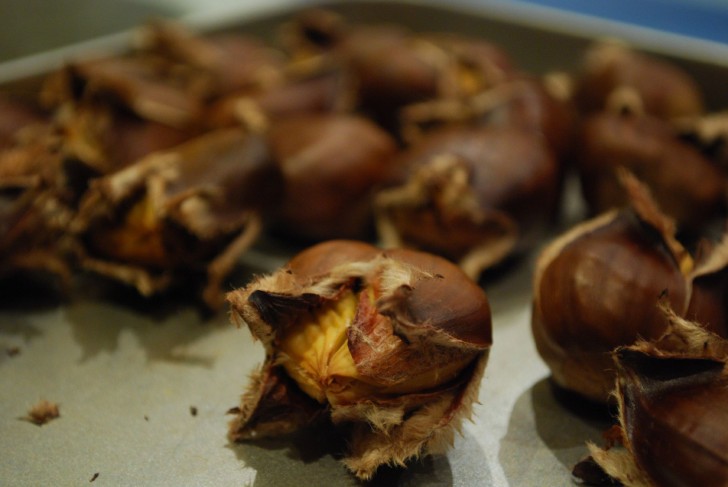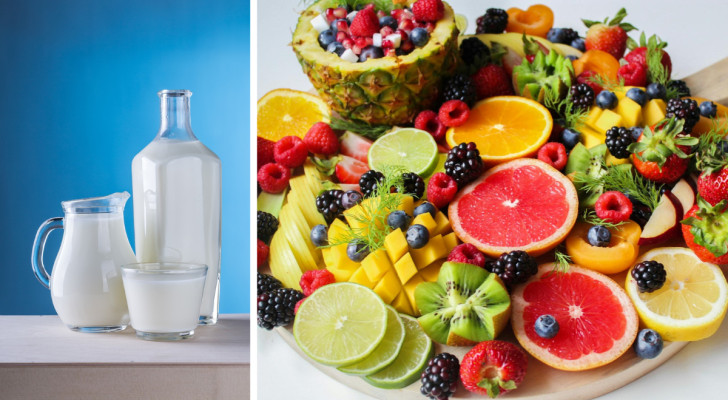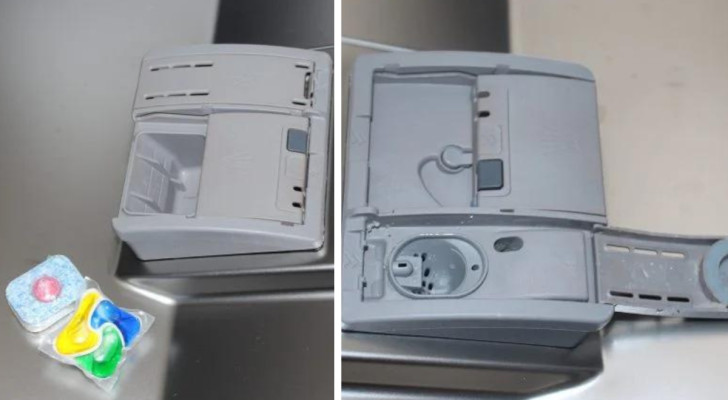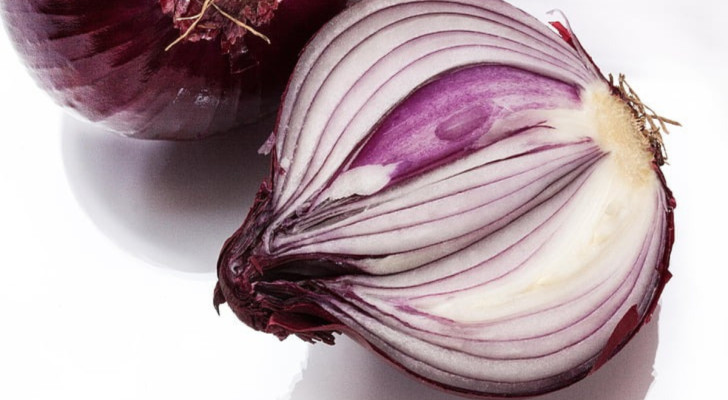A tasty, healthy recipe for oven-roasted chestnuts

Iconic autumn fruit, chestnuts are very popular with young and old worldwide. Going to gather chestnuts is often an excuse for Sunday family rambles, later returning to the warmth of a fire and a nice glass of red wine.
Highly nutritious, chestnuts were an important food source for the less well-off classes; they are rich in complex carbohydrates and fiber, along with modest amounts of proteins and fat. They also contain a lot of minerals and vitamins, making chestnuts an excellent substitute for cereals, potatoes and other starchy foods.
Although they should be consumed in moderation due to their high caloric values, many delicious chestnut-based recipes can be found online and in cook books. Keep reading for some invaluable advice about this delicious nut...
How to roast chestnuts in the oven

Before starting, preheat the oven to 200 degrees C - if you use a ventilated oven, 180 degrees C will be sufficient.
Start preparing the chestnuts by cutting a long slit in the upper part of the nut with a very sharp knife and placing them on a baking tray covered with baking paper. Be careful during this operation to cut only the shell, leaving the fruit inside intact.
Place the tray in the oven and cook for about 20-30 minutes; when the cuts begin to split open and the shells begin to peel off, the chestnuts will be ready.
Let the chestnuts cool down before consuming them, placing a wooden board over the tray so that the steam remains trapped, facilitating peeling. If you don't let them cool enough, or if the internal skin is difficult to remove, you can make the task easier by immersing your chestnuts in boiling water for about a minute.
Purchasing tips

If you prefer to buy chestnuts (rather than gathering them yourself), we suggest the following tips:
Remember that there is a distinction between chestnut types: some are small, flat and contain a single kernel; others are larger, rounder and can contain up to three kernels. The latter type is recommended.
Also, consider the following three characteristics:
- Shape: edible chestnuts are irregular in shape and usually have one flattened side; spherical chestnuts are usually from the horse chestnut tree (which are not edible but are used by the supersitious as amulets to ward off colds or play the famous "conkers" game).
- Appearance: if the chestnuts are fresh, the skin must be intact, without holes or cracks, and with a shiny brown colour;
- Touch: the chestnuts must be firm to the touch and the peel must be firm and robust.
Happy chestnut gathering and bon appetit!





